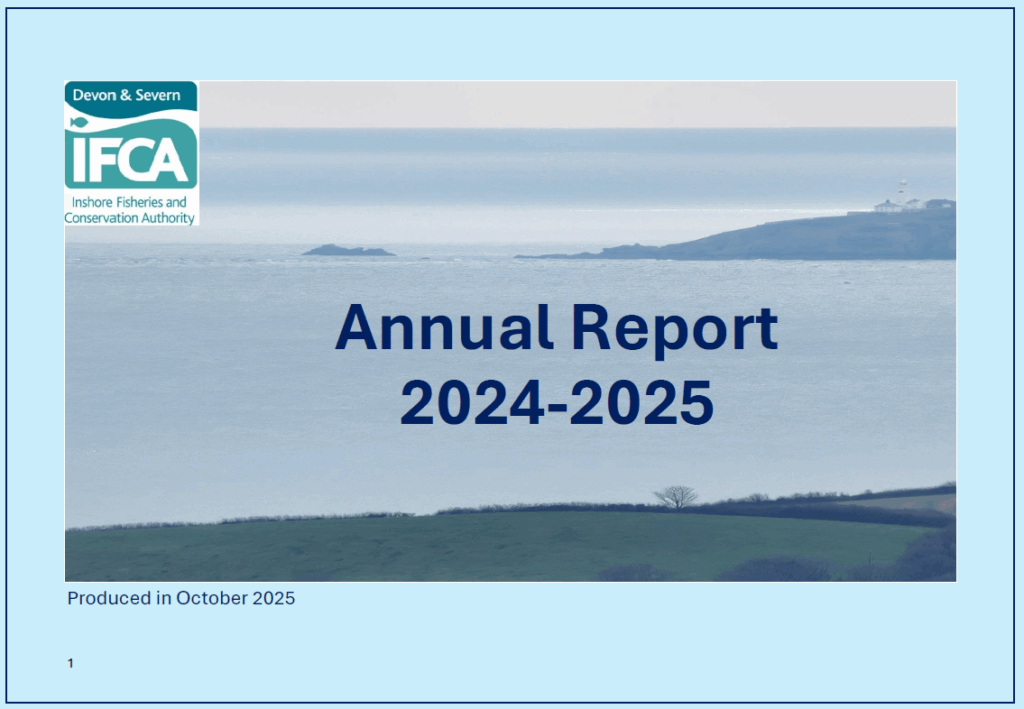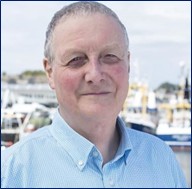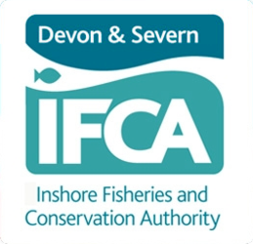Read about the achievements of D&S IFCA set out in its Annual Report 2024/2025
Background
D&S IFCA has the largest of the ten IFCAs’ districts and has two separate coastlines. The area of the District is 4,522km² and is defined in the Statutory Instrument (2010 No. 2212). D&S IFCA’s District includes the areas of Devon and Gloucestershire County Councils; Bristol and Plymouth City Councils; North Somerset District Council; Torbay, Somerset and South Gloucestershire Councils and all adjacent waters out to six nautical miles offshore or the median line in the Bristol Channel with Wales.
The fisheries and marine environment are markedly different on the two coasts. The north coast of the District from Somerset to the east up the Severn estuary is characterised by significant tidal ranges, large amounts of suspended sediment, and extensive mudflat habitats that support a range of different types of net fisheries and significant recreational angling. The Devon coasts and estuaries in contrast are known for their diverse fisheries including significant pot fisheries, the largest mobile fishing fleet operating in any IFCA District and an extensive network of Marine Protected Areas.
The Full Authority is comprised of 30 Members drawn from relevant Local Authorities (Councillors), General Members (appointed to the Authority by the Marine Management Organisation (MMO) and Statutory Appointees representing the Environment Agency (EA) and Natural England (NE).
D&S IFCA is funded primarily from Central Government, with additional contributions from the eight relevant funding Local Authorities.
Annual Report 2024/2025
As specified in the Marine and Coastal Access Act 2009, D&S IFCA must publish an Annual Report.
The Annual Report can be read here.

The Report details the work undertaken in FY 2024/25 and provides a summary of progress and achievements as measured against objectives set in the 2024/25 Annual Plan (the Authority’s goals) and as measured against the national IFCA success criteria and high-level objectives (outcomes).
A small team of Officers (12.5 FTE) delivered the Annual Plan. The Annual Report reflects that the priority workstreams were those that received national funding.

Professor Mike Williams, Chair of the Authority said….
“This report covers the thirteenth year of operations and provides a summary account and review of the Authority’s achievements during the financial year 2023/2024.
In my six years as Chair of the Authority, I, with the support of the Chief Officer and my Vice Chair and Chair of the Authority’s Byelaw and Permitting Sub-Committee have continued to address the inadequate funding structure of the Authority by engaging with Defra and D&S IFCA’s Funding Local Authorities.
Defra is in the process of conducting a consultation with these Local Authorities as a component of a review of this funding structure. Progress remains slow and prospective Local Government reorganisation may further adversely impact resolution of this matter.
D&SIFCA has the largest District of all IFCAs with 4,522 km2 of sea area and two separate coasts to manage. However, D&S IFCA operates on the lowest mainland IFCA Revenue Budget of £937,500 and from June 2024 had only 12 full time Officers and one part -time Officer to undertake all of the Authority’s governance, research and enforcement work. This resourcing is demonstrably severely inadequate.
The Annual Report provides the platform to report on work undertaken as part of the Annual Plan for 2024/2025. There are some significant achievements; however, due to its very limited resources, D&S IFCA is unable to deliver all of its own vision as an organisation and, more disturbingly, all of its mandatory statutory functions. Consequently, there are many tasks and workstreams that D&S IFCA has been unable to complete, undertake or even plan for during 2024/2025.
Additionally, decision-making by an IFCA is meant to be evidence based. Due to a lack of financial resource D&S IFCA is now unable to undertake the research necessary to underpin some of its decision-making. Inevitably this can lead to excessive application of the Precautionary Principle and potentially a failure to achieve the duty of balance required by section 153 Marine & Coastal Access Act 2009. These are matters of grave concern.
Despite these funding challenges that I have outlined, I hope that this Annual Report will help all readers to gain a better understanding of the work that is being delivered by the dedicated staff of D&S IFCA and the value that this organisation has, as it continues to strive to meet those of its statutory duties that it can and the expectations of all stakeholders”.
More Information
A website page has been developed to display all recent Annual Plans and Annual Reports. The website page “Annual Business Plans & Reports” can be viewed here.
